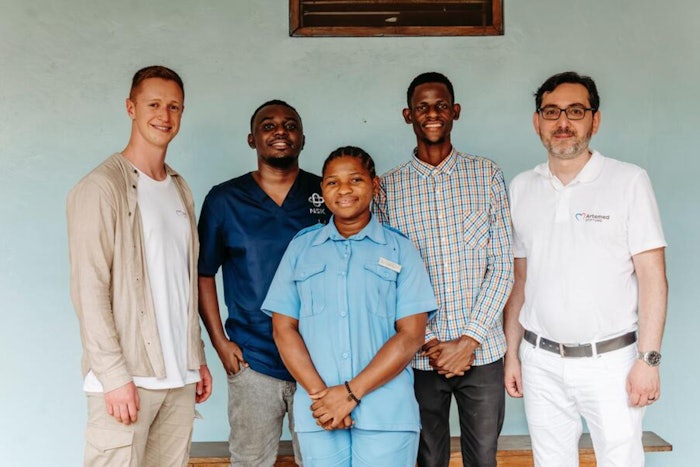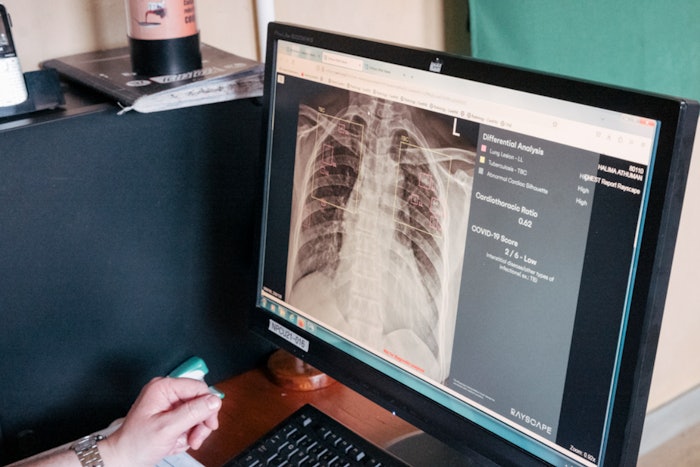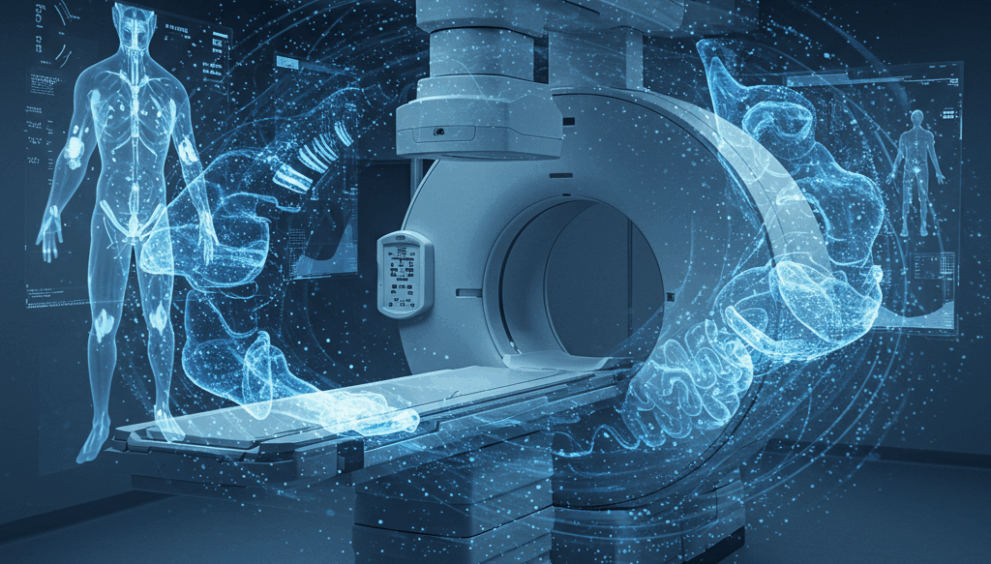Sub-Saharan Africa faces a chronic shortage of radiological expertise and outdated imaging infrastructure, especially in rural regions where diseases like tuberculosis (TB) remain rampant. A pioneering pilot at St. Walburg’s Hospital in Nyangao, Tanzania, demonstrates how artificial intelligence (AI) can bridge this gap—enabling timely, accurate chest X-ray interpretation where no radiologist is on site.
When German radiologist Dr. Amir H. Bigdeli first visited St. Walburg’s Hospital in September 2019, he found a 50-year-old analog X-ray machine hamstrung by a defective cassette holder, inadequate radiation protection, and no local radiologist to read images.

“ It became clear to me that the shortage of radiological specialists… has a direct impact on people’s survival ”
Dr. Bigdeli
Realizing that deploying more radiologists would not sustainably solve the expertise gap, Dr. Bigdeli
sought an AI solution. After testing several vendors, the team chose CXR-AI from Romanian startup Rayscape—CE-certified software capable of detecting 148 thoracic pathologies, including TB, on both upright and supine radiographs. “What is needed in such regions is scalable, robust diagnostic support, and this is precisely where AI comes into play” he explains.
On 9 May 2025, the first live training united local technologists with experts from Germany, the U.K., and Romania. In that session, AI flagged a subtle TB case previously missed by non-radiologist staff—“a eureka moment for everyone involved” recalls Dr. Bigdeli.

This immediate proof of concept underscored AI’s life-saving potential. “AI won’t replace our profession, but it can help where we can’t be physically present” says Dr. Bigdeli, framing AI as an extension rather than a substitute for radiologists.
The Nyangao pilot exemplifies how modest resources, modern hardware, and compliant AI tools can yield outsized benefits for underserved populations. Building on this success, the project aims to expand to regional hospitals across Tanzania and neighboring countries. By sharing technical know-how, data-protection best practices, and hands-on training frameworks, stakeholders envision a pan-African network of AI-augmented imaging centers.
“ Our knowledge, our technology, our standards can—and should—reach beyond our clinical boundaries ”
Dr. Bigdeli
The Nyangao initiative charts a roadmap: invest in digital upgrades, partner on compliant AI solutions, and train local teams to harness technology. In doing so, sub-Saharan Africa can leapfrog traditional constraints and ensure that life-saving diagnoses are never out of reach.
Source: Bridging the gap with radiology AI in Africa | AuntMinnieEurope




